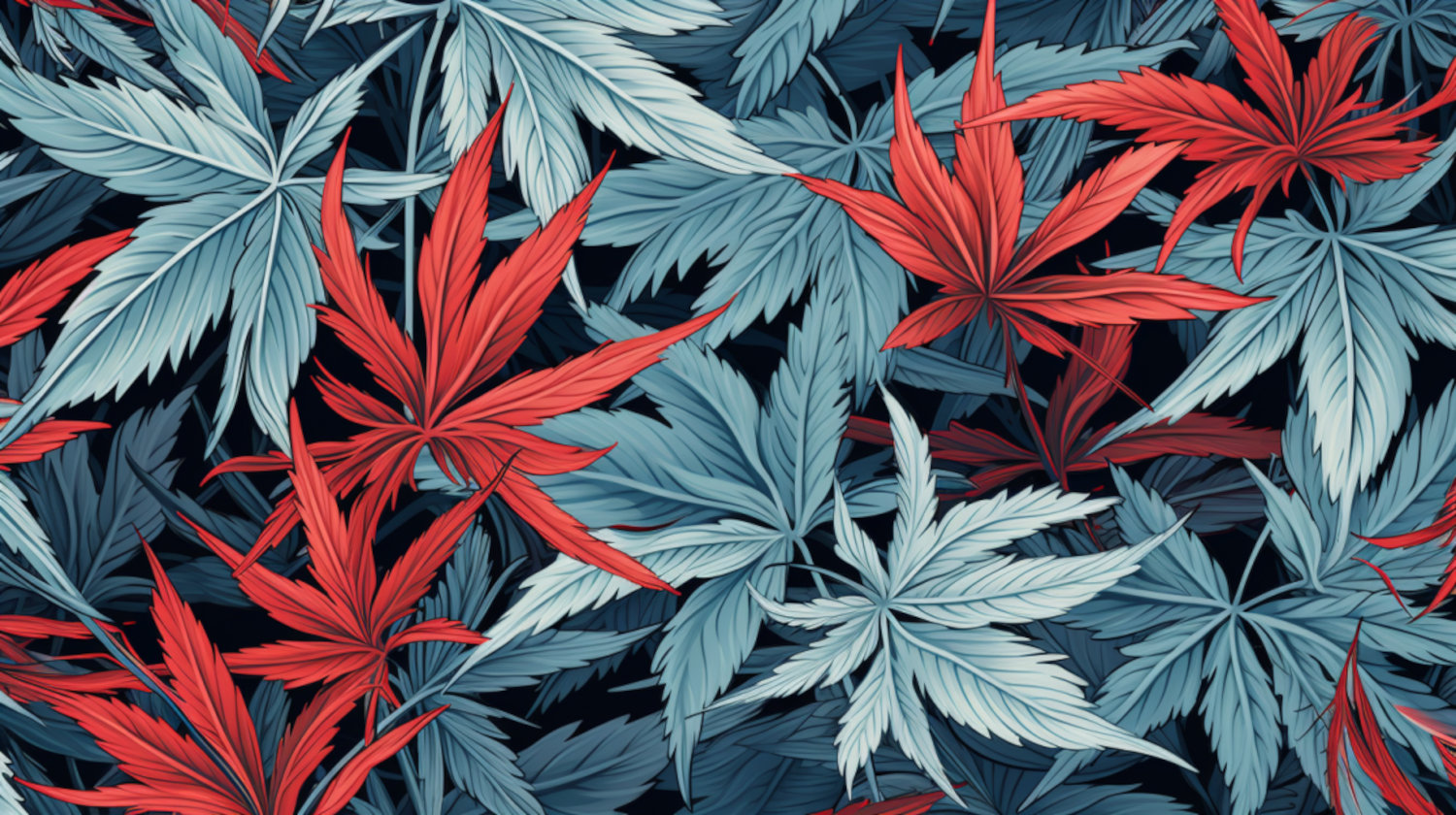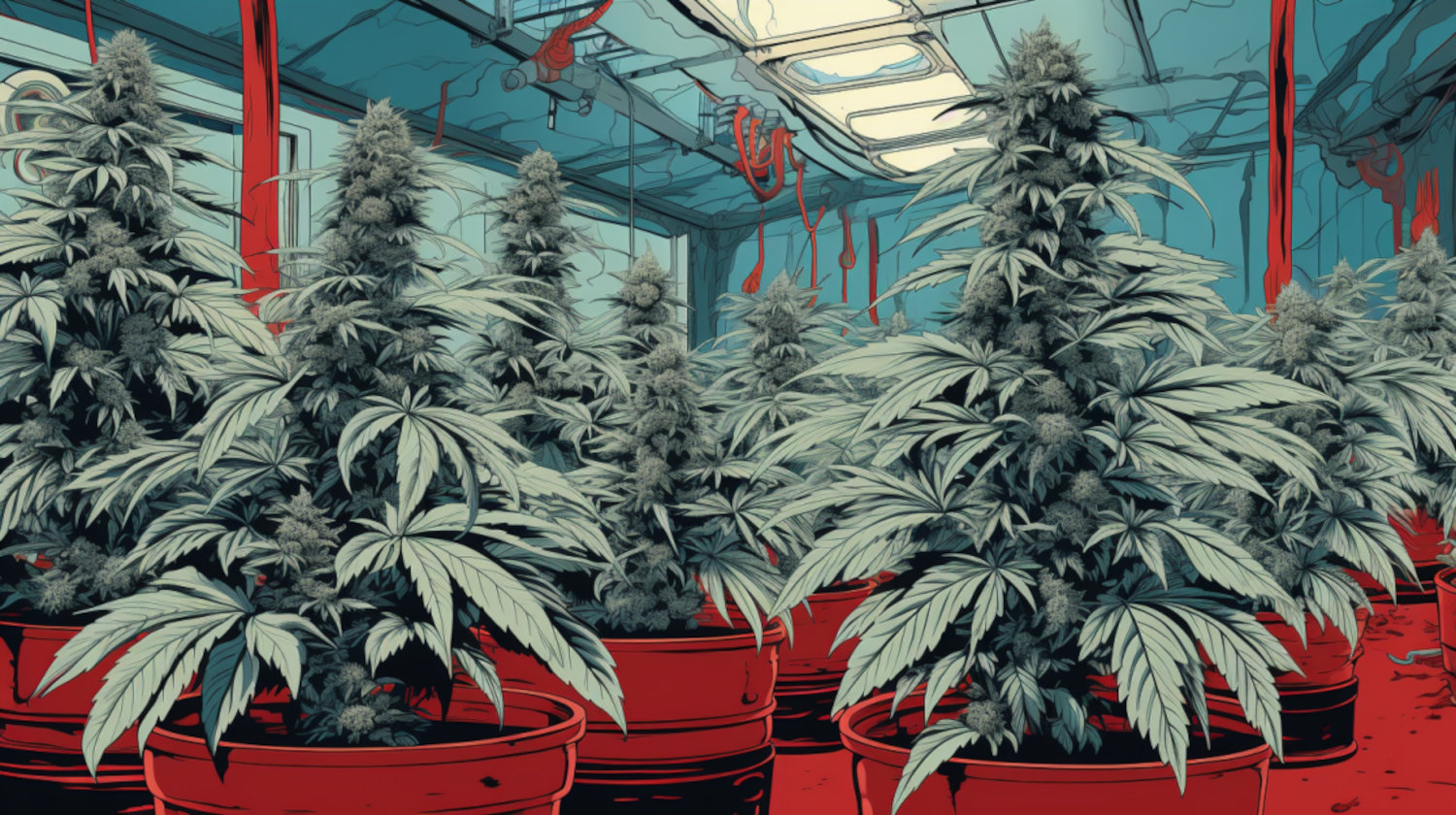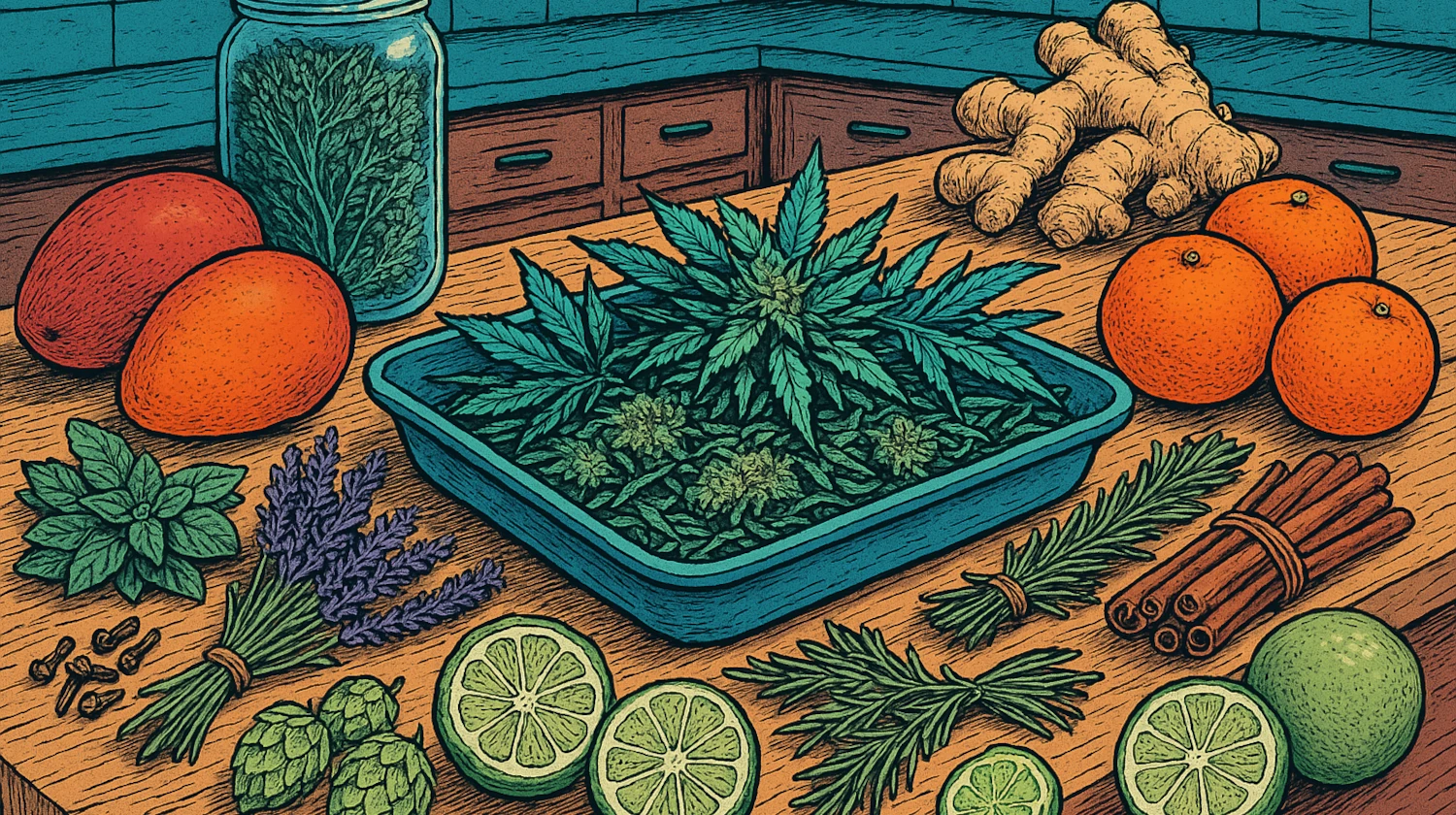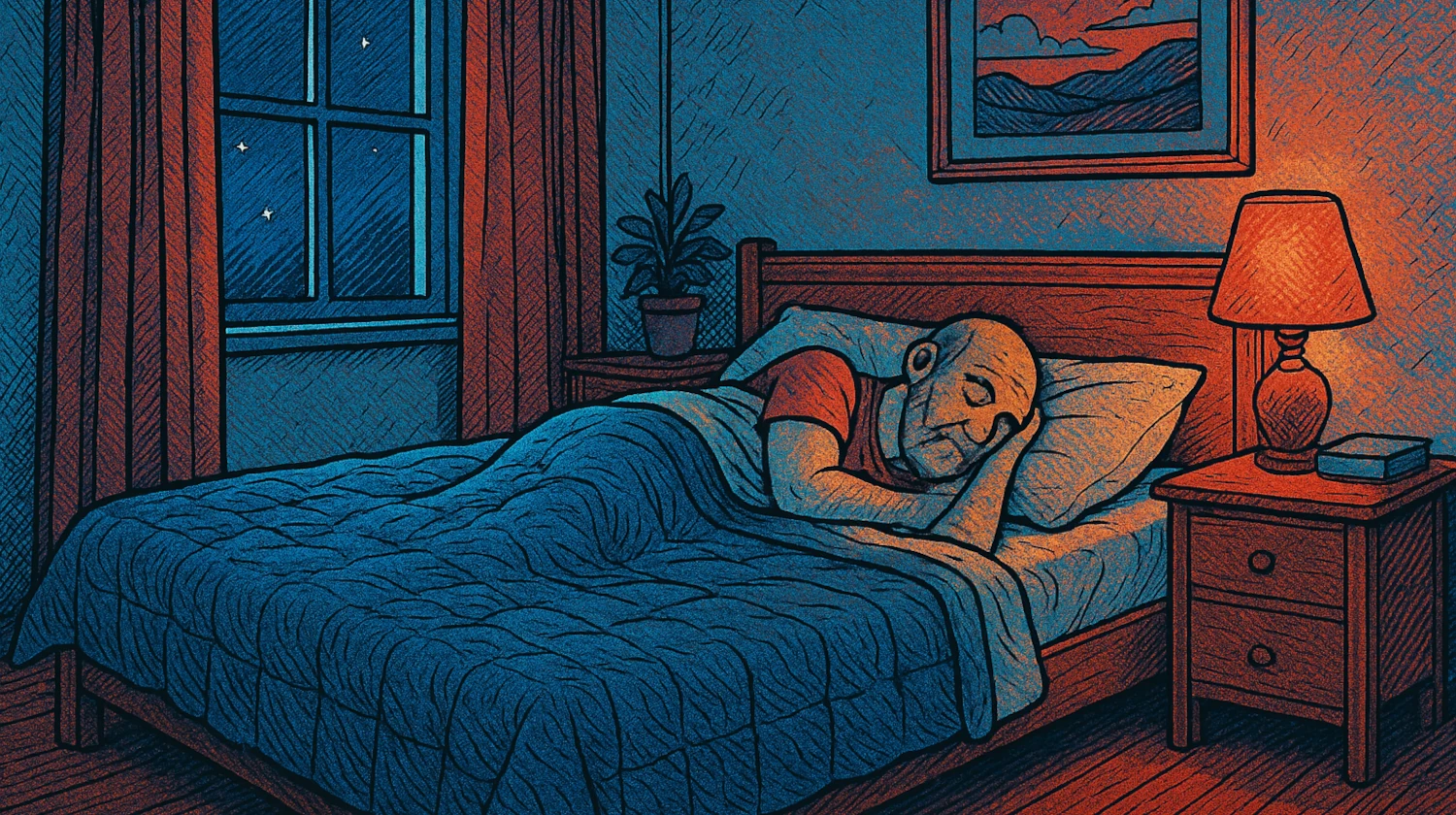For a long time, the popular wisdom in the cannabis world has been that sativas make people feel energized, while indicas make consumers tired or sleepy. But, is that really true?
While it's true that some indica strains do cause sedation and couch lock, that isn't the case all the time. This misconception may not seem all that important on the surface, but it carries a great deal of concern, especially for medical cannabis patients looking for specific effects.
Indicas are some of the most popular strains on the market today, and many turn to indica to help them relax, sleep, and otherwise calm their mind and body.
With their popularity, it's important to get the heart of the perception that indica strains primarily make people tired. The truth is much more complex and fascinating.
What is Indica?
The mid-18th century saw European scientists start to take the cannabis plant seriously, when Swedish botanist Carl Linnaeus first came across cannabis sativa, a long, skinny plant with delicate leaves. About a half-century later, French biologist Jean-Baptiste Lamarck identified cannabis indica.
With the addition of cannabis ruderalis, the three varieties (indica, sativa, ruderalis) comprise the vast world of cannabis cultivars. What may surprise some is that the three plant classifications weren’t based on effects, but rather distinguished the unique look and growth properties of cannabis buds.
Indica plants, first discovered in the India region, are noted for shorter, denser flowers with broad leaves. These plants typically grow between 2 and 4 feet tall indoors but can reach greater heights when grown outdoors. Indicas are believed to have originated out of the Hindu Kush mountains, and typically contain high resin concentrations used to help protect the plant from cold, harsh climates in the mountains.
Over time, indica and sativa have become associated with plant effects, despite researchers never intending that to be the case. Today, leading experts point out that a cultivar’s effects are more likely based on terpenoid content, rather than indica or sativa classification. CBD content is also a contributing factor. This is why many cannabis connoisseurs suggest that whole plant profiles and terpene concentration are more accurate ways to determine plant effects.
Does Indica Make You Sleepy Or Hyper?
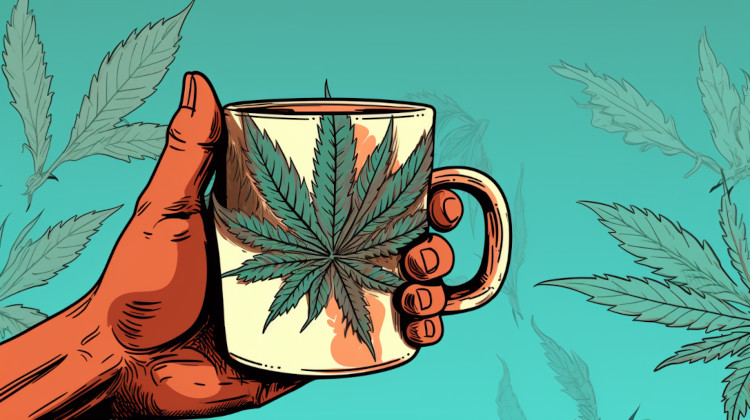
Not every indica strain causes the same effects. While one can certainly put you in a sedated state, another indica can uplift moods and energy levels in a way typically associated with sativas.
While whole plant profiles play a role in determining effects, so does an individual’s endocannabinoid system (ECS).1 When it was first discovered in the late '80s, the ECS opened a world of information scientists continue to unearth. This complex biological system found in every mammal plays an integral role in various bodily processes.
Endocannabinoids naturally occur in the body and take on a similar structure to the cannabinoids found in a cannabis plant. Most notably, both endogenous and phytocannabinoids (plant) bind to CB1 and CB2 receptors found throughout the body, playing a critical role in the effects produced by cannabis.
Different cannabinoids produce different effects on the endocannabinoid system based on the slight variations in their chemical structure. Despite many anecdotal claims, strain classification doesn't play a role in impacting receptors, as long as the primary cannabinoids remain similar. Instead, select research has noted that effects from certain cannabinoids are sometimes biphasic, suggesting that dosage plays a much larger role.
Long story short: don’t buy based exclusively on indica, sativa or hybrid classifications if your goal is to achieve a specific effect. Instead, purchase a product with the terpene profile and balance of THC and CBD associated with your ideal outcome.
For example, if you're looking to treat insomnia, you may want to consider strains high in:
- Caryophyllene
- Nerolidol
- Myrcene
- Linalool
- Pinene
- Terpinolene or others
All of these terpenes are associated with relaxation and sleep.
Why Does Indica Make You Sleepy?
Whether accurate or not, indicas are typically known for producing relaxing and sedating feelings, leading to improved sleep.
But that isn't always the case. Rather than indicas and sativas influencing effects, several other components play essential determining factors. They include:
- A plant's overall profile (ratio of THC to CBD, terpene content)
- Body composition
- Dosage (how much THC or CBD)
- How the compounds interact with your ECS
So why do indicas tend to make you sleepy?
It all boils down to your body and the plant. Once consumed, plant cannabinoids interact with our ECS. As mentioned, the ECS regulates numerous body processes, including sleep.
Some believe that indica strains contain higher CBD content, leading to sleep patterns being affected and improving sleep. But as select research has shown, CBD content isn't as likely to affect sleep much. Instead, it is believed that endocannabinoids and terpenes play much more crucial roles.2,3
Other Uses for Indicas
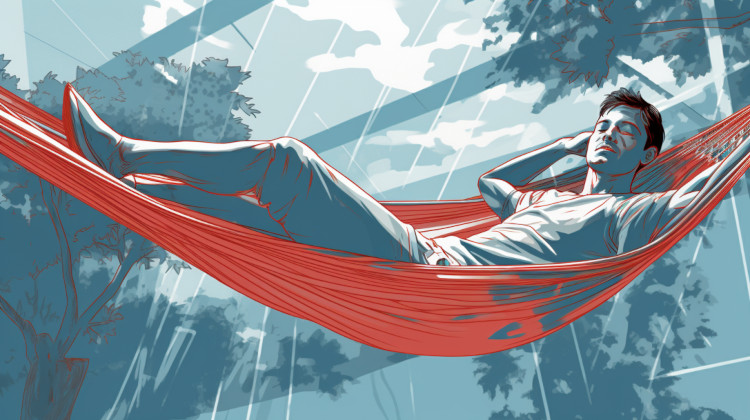
Indica certainly gets a reputation for sedation and couch lock effects. But many consumers opt for indicas for other reasons. These consumers range from medical to adult use/recreational consumers. Some other common uses for indica include:
- Relaxation. Don't make the mistake of conflating relaxation with sleep and couch lock. Many people opt for indicas to feel relaxed throughout the day. Those suffering from physical and mental pains have reported that indicas help keep them calm down without wanting to fall asleep. Some types of relaxation reported include: relief for conditions like headaches, migraines, chronic pain and muscle soreness.
- Hunger Inducing. Some turn to indica to stimulate their appetites. Much like sedation, however, consumers must be aware that only some indicas will do the job. In contrast, others may not do much or could even suppress hunger. Be sure to look over the plant's terpene and cannabinoid profile before choosing an option for appetite stimulation.
- Nausea and Other Stomach Relief. Many consumers report that indica strains help with nausea and stomach relief. Again, this broad statement can be made about just about any cannabis benefit, including boosting creativity. To get the best result, find specific products and plant profiles, indica or otherwise, that contain compounds ideal for nausea and stomach relief.
Popular Indica Strains for Sleep and Relaxation
Rather than buying any indica for sleep, choose a flower rich in one or more cannabinoids best associated with rest and relaxation. Some of the top picks among consumers include:
- Granddaddy Purple (Myrcene)
- Northern Lights (Myrcene)
- Cherry Pie (Caryophyllene)
- Girl Scout Cookies/GSC (Caryophyllene)
- Dutch Treat (Terpinolene)
- Ace of Spades (Terpinolene)
These six cultivars should be a starting point for anyone looking to find the best strain for sleep and relaxation. Talk to your trusted medical professional and knowledgeable budtenders before deciding on any products.
Related Products for Sleep and Relaxation
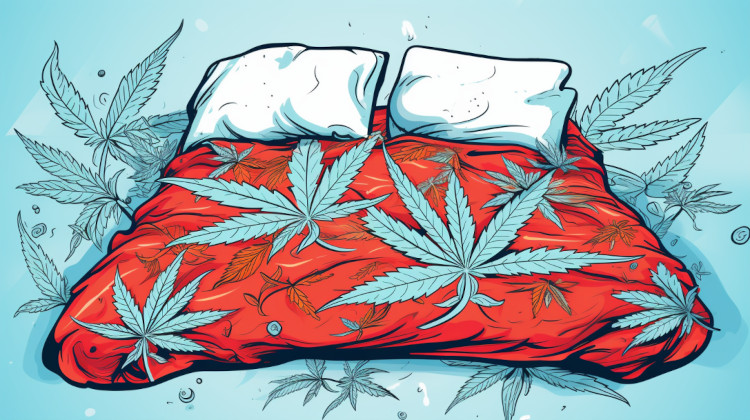
Cannabis options continue to expand, providing just about every type of adult with a consumption method and product for them.
Smoking used to be the only show in town. Then came edibles. Now, the doors are blown off the hinges, with options ranging from vape cartridges to topicals, pills, and much more.
With indicas, consumers have a plethora of options to choose from. You can find the exact product and method for delivering your ideal indica effects across multiple strains and consumption methods. Some consumer favorites include:
- Wyld's Marionberry edibles
- THC Design's Garlic Cocktail flower
- Coastal Sun's Delicata Grapes 10-pack pre-rolls
- Jetty's King Louis vape
- Dreamt's sleep tincture
- CLSICS' live rosin Apple Tartz extract
- ABX - Soft Gels - 100mg THC
References
1. Mechoulam R, Parker LA. The endocannabinoid system and the brain. Annual review of psychology. 2013;64(1):21-47. doi:https://doi.org/10.1146/annurev-psych-113011-143739
2. Kesner AJ, Lovinger DM. Cannabinoids, Endocannabinoids and Sleep. Frontiers in Molecular Neuroscience. 2020;13. doi:https://doi.org/10.3389/fnmol.2020.00125
3. Weston-Green K, Clunas H, Jimenez Naranjo C. A Review of the Potential Use of Pinene and Linalool as Terpene-Based Medicines for Brain Health: Discovering Novel Therapeutics in the Flavours and Fragrances of Cannabis. Frontiers in Psychiatry. 2021;12. doi:https://doi.org/10.3389/fpsyt.2021.583211
The information in this article and any included images or charts are for educational purposes only. This information is neither a substitute for, nor does it replace, professional legal advice or medical advice, diagnosis, or treatment. If you have any concerns or questions about laws, regulations, or your health, you should always consult with an attorney, physician or other licensed professional.

